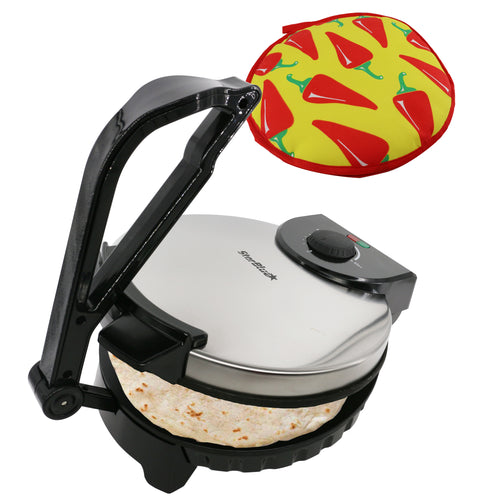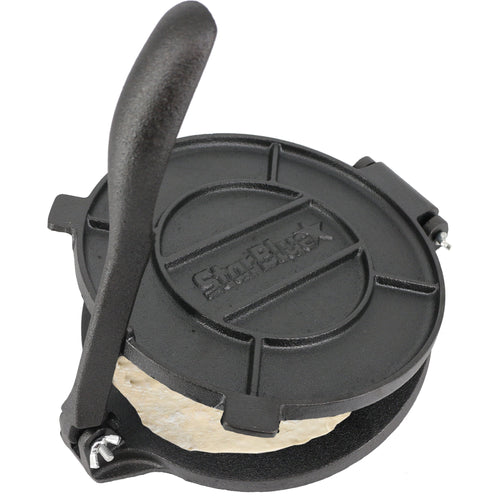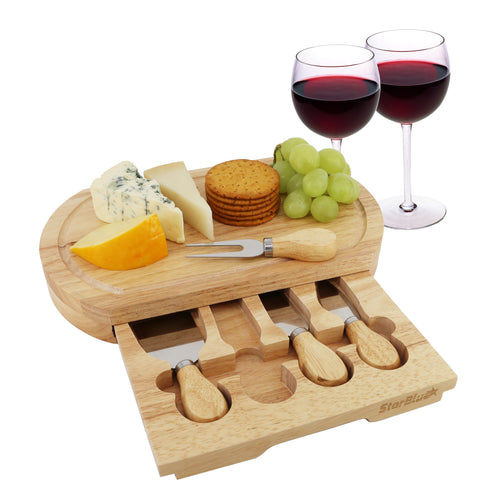Bread is a staple in almost every culture, a comforting and essential part of our daily lives. But beyond the familiar loaf, there's a world of flatbreads, each with its own unique story and flavor. Today, we're embarking on a journey through the fascinating world of "roti," a term that encompasses a vast array of unleavened flatbreads enjoyed across continents.
What Exactly is Roti? "Roti" (pronounced roh-tee) is a general term originating from the Sanskrit word "rotika," meaning bread. It's primarily used in South Asia, the Caribbean, and parts of Africa, but its variations and influences can be found far beyond. What unites these diverse breads is their simple preparation: typically flour, water, and sometimes fat, cooked on a hot griddle or tava.

A Culinary Map of Roti Variations: Let's explore some of the most beloved roti variations that highlight the diversity of this global bread:
- India: The Heart of Roti:
- Chapati: A thin, whole-wheat roti, cooked on a tava and sometimes puffed over an open flame. It's a daily staple in many Indian households.
- Paratha: A layered, flaky flatbread, often made with ghee or oil. It can be plain or stuffed with potatoes, cauliflower, or other fillings.
- Naan: While technically leavened, naan is a close cousin to roti. It's cooked in a tandoor oven and often served with curries.
- Roti Canai (Malaysia/Singapore): Influenced by Indian parotta, this flaky, buttery flatbread is a popular breakfast or snack.
- The Caribbean: Roti's Island Adventures:
- Trinidadian Roti: Often thicker and softer than Indian roti, it's frequently used as a wrap for curried meats and vegetables.
- Buss-Up-Shut: A flaky, shredded roti, named for its resemblance to a "busted shirt." It's a popular accompaniment to stews and curries.
- East Africa: Roti's Coastal Influence:
- Chapati (East Africa): Similar to Indian chapati, it's a common bread in countries like Kenya and Tanzania, often served with stews or as a snack.

The Simple Beauty of Roti: What makes roti so universally loved?
Simplicity: The basic ingredients are readily available and affordable.
Versatility: Roti can be enjoyed plain, with dips, as a wrap, or as a side dish.
Cultural Significance: Roti is deeply ingrained in the culinary traditions of many cultures, representing home, comfort, and community.
Adaptability: Roti can be made with various flours, including whole wheat, all-purpose, and even gluten-free options.

Bringing Roti to Your Kitchen: Making roti at home is easier than you might think. With a little practice, you can create your own delicious flatbreads.
- Start with good quality flour and water.
- Knead the dough until it's smooth and elastic.
- Roll out the dough into thin circles.
- Cook on a hot griddle until golden brown.

A Global Culinary Connection: The story of roti is a testament to the power of food to connect people across cultures. It's a reminder that even simple ingredients can create a world of flavors and traditions. So, the next time you enjoy a flatbread, take a moment to appreciate the rich history and global journey of this humble yet remarkable food. 
Bring back the memories of tradition with StarBlue Roti Maker it’s more than just a tool for making rotis. It's a symbol of tradition, a reminder of the importance of family and togetherness. So next time you gather around the table, make it a StarBlue Roti Maker moment.
Also Available Ceramic Tortilla Warmer and Roti Maker Removable Handle
Your StarBlue Questions, Answered.
From cooking tips to product care, find quick solutions right here.
Money Back Gurantee and Replacement?
Our money-back guarantee is automatically extended to 4 months when buying on our Official website. Other official selling platforms (e.g. Amazon) have 2 months where possiblility to extended to 4 months by Registration.
Which countries does StarBlue deliver to, and how fast is the shipping?
StarBlue products are currently delivered within the United States only through our partnership with the Amazon Fulfillment Network. This ensures reliable delivery within 2–5 business days to all US addresses.
For customers outside the US, you can conveniently purchase StarBlue products through Amazon’s international stores:
🇨🇦 Amazon Canada
🇬🇧 Amazon UK
🇩🇪 Amazon Germany
🇫🇷 Amazon France
🇮🇹 Amazon Italy
🇪🇸 Amazon Spain
🇦🇺 Amazon Australia
Where to find the recipe Ebook?
Electronic Book is available by scanning QR code on box or user manual of your item.
If you cannot find it, simple submit the request here or email us cs@starblue.co
What if the item is damaged due to delivery?
We're always here to help! Feel free to contact us by here or email us at cs@starblue.co anytime.
How to make perfect rotis using StarBlue Roti Maker?
We made an easy video for an easy follow through steps.
















Leave a comment